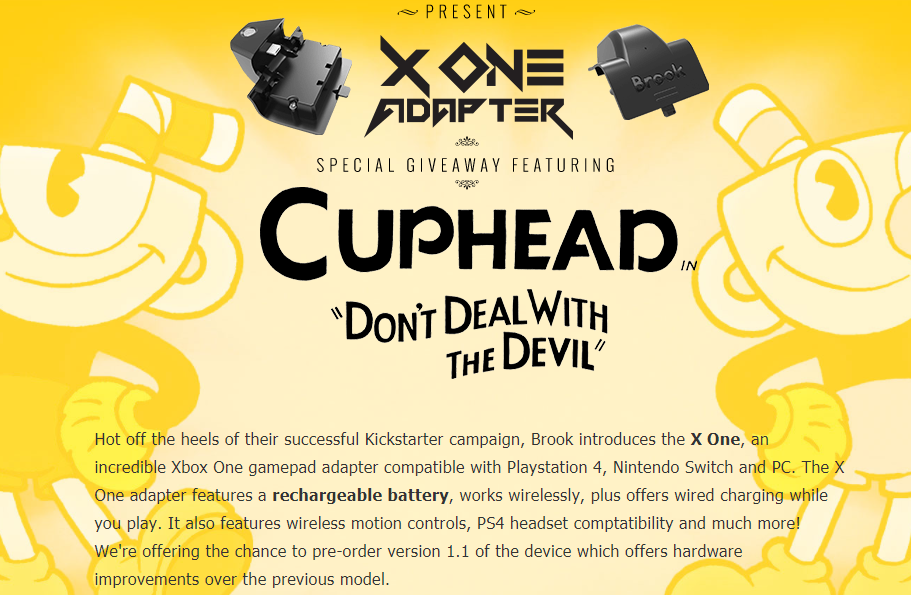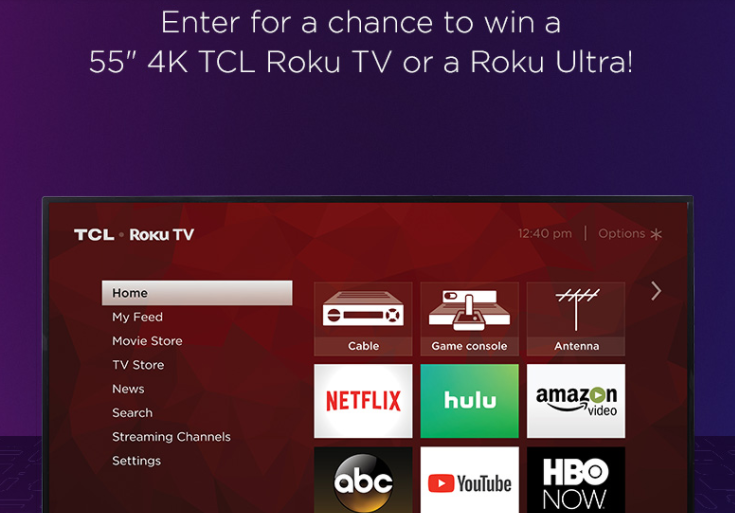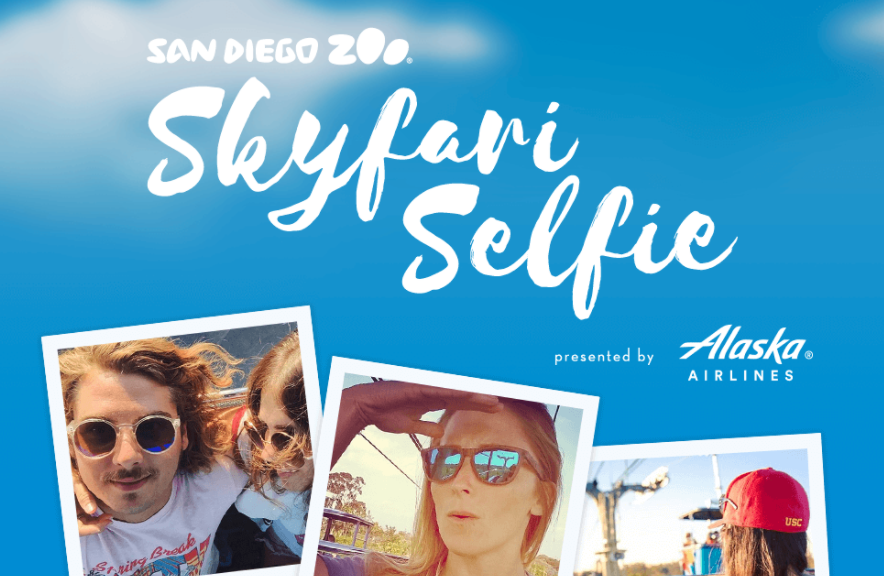The history of marketing can be traced back as far as the 1450s when the first movable type allowed people to print marketing materials like labels and brochures.
Other historians set the birth of marketing in 1902 when Edward David Jones taught the very first marketing course at the University of Michigan.
Over the decades, marketing has been reborn dozens of times — from crude brochures to slick Man Men-era ads to ads that retarget us after we’ve left a website.
As the world changes, so do the ways we market: Radio, Television, and the Internet all drastically shifted the methods marketers use to make sales. In the current world, gaining market share requires more than just throwing dollars at television ads.
For example, did you know that 81% of shoppers research online before they ever make a purchase?
And 56% of shoppers START their product search on Amazon.
This is not Don Draper’s world.
We live in a world where people are tired of being marketed to. They are experiencing marketing fatigue, choice overload, and plain old burn out.
Instead of using the same tired, old “best practices”, it is time to try something new. It is time to look to science to overcome customer biases and ad fatigue. And we can do that by tapping into neuroscience, and more specifically, the area of neuroscience that looks at how the brain reacts to certain stimuli.
Sounds like another fancy buzz word, right?
It isn’t.
What, Exactly, is Neuroscience?
As defined by Merriam-Webster, neuroscience is:
“a branch of the life sciences that deals with the anatomy, physiology, biochemistry, or molecular biology of nerves and nervous tissue and especially with their relation to behavior and learning”
In layperson’s terms, neuroscience is the study of the nerves of our body, and more often refers to the study of how our brain reacts in relation to the world around us without us even realizing it.
What the heck does that have to do with marketing?
Is Neuroscience Just Another Marketing Buzz Word?
It seems like every other week there is a new buzz word. A new shiny object to distract us from doing.the.work.
I get it.
But neuroscience is not another shiny object. It is an incredibly complex science that looks at how our brain is hardwired.
Not all neuroscience applies to marketing. More specifically, neuromarketing looks at specific areas where marketing and the way our brain works overlap.
These areas include:
- The paths our eyes take, for example when looking at websites.
- The way our brains react to colors and package layouts.
- How we can overcome marketing fatigue, such as banner blindness.
- How the concept of rewards to trigger the release of dopamine. (Hello, Facebook Likes)
- How headlines peak our interest and entice action.
Neuromarketing is not just another buzzword that will be forgotten next week. In fact, there is a good chance you are already using these strategies.
But, Wait. What About Authenticity?
Is it disingenuous to ‘trick’ people into taking action? With all the talk about how we need to be building authentic relationships, how does neuromarketing fit in?
I think it is important to note that using neuroscience in marketing shouldn’t be a replacement for building real, authentic relationships with your target audience, but, rather, should complement that strategy.
Trying to trick people is not an effective long-term strategy, and it is also not how neuromarketing works. It works by working with the human brain and creating situations where our marketing works in harmony with the brain.
Applying the Science to Build Contests that Excite
How do you feel after you complete a particularly difficult level in a game? (Two dots, anyone?) Or, when you post a beautiful sunset picture and get hundreds of likes on Instagram?
That satisfied feeling of contentment and happiness is the result of the release of dopamine; the ‘feel good’ hormone.
This same concept used by gaming companies to keep players engaged can be used by marketers to create contests that entice customers to engage.
Use Contest Rewards That Make Sense For Your Brand
Don’t just focus on what will excite people, also consider what will work for your brand. Giving away cash might entice a lot of entrants, but how does that help your brand? Consider prizes that will help create a conversation around your brand.
Case Study:
Gaming company Brook hosted a giveaway for an X one, a gamepad adapter compatible with PlayStation 4, Nintendo Switch, and PC. The grand prize winner could win an X box One S console, a video game, and a collectibles set. This prize kept the conversation on brand and ensured entrants would be in the brand’s target market.
Create Brand Ambassadors, Not Just Winners
Keeping the prize related to your brand also creates an opportunity to turn winners into brand ambassadors who will tell their friends and family about your brand. This can be very powerful, as 92% of people trust peer to peer recommendations over marketing.
Case Study:
Streaming television company Roku hosted a giveaway on their blog. By simply entering their email address, entrants would be entered to win a 55-inch Roku television with or a Roku Ultra. This prize keeps the conversation on brand and rewards loyal customers. It also creates a brand ambassador out of the winner.
Leverage Social Media Rewards
To boost your brand’s signal and increase user-generated content, don’t forget about the power of social media – and not just to get the word out about your contest.
Picture contests are a highly effective way to increase brand conversations, but they come with an added bonus for contestants. In addition to the chance to win a prize, they are also rewarded each time one of their friends clicks that ‘like’ button.
Case Study:
San Diego Zoo and Alaska Airlines hosted a photo contest where entrants were encouraged to share pictures on social media using branded hashtags. Entrants were enticed both by the chance to win a flight to a destination of their choice, but also by the opportunity to be ‘rewarded’ with likes from their own network.
Final Thoughts on Neuroscience & Marketing
Should you totally ditch everything you know about marketing and start applying neuroscience to every facet of your marketing?
No, of course not.
Overcoming marketing fatigue, however, does require using a new, fresh approach. Contests are one way to create excitement around your brand, and neuroscience is one way to create even more efficient contests.
Neuromarketing strategies should be used supplement the knowledge you have about your target audience and build contests that appeal to the way people want to interact with brands today.
Ready to start creating exciting contests? Create your WooBox Contest for free.



